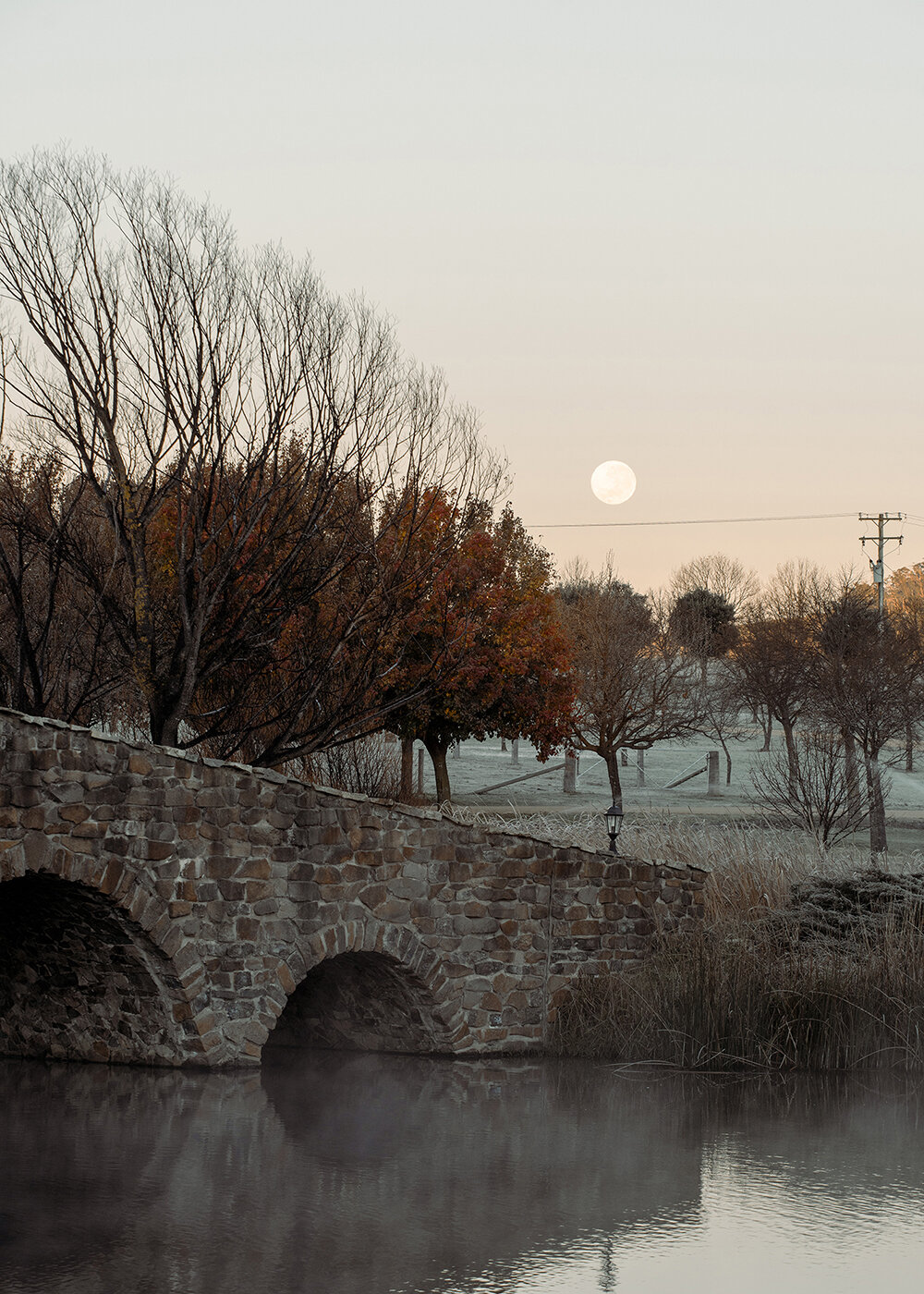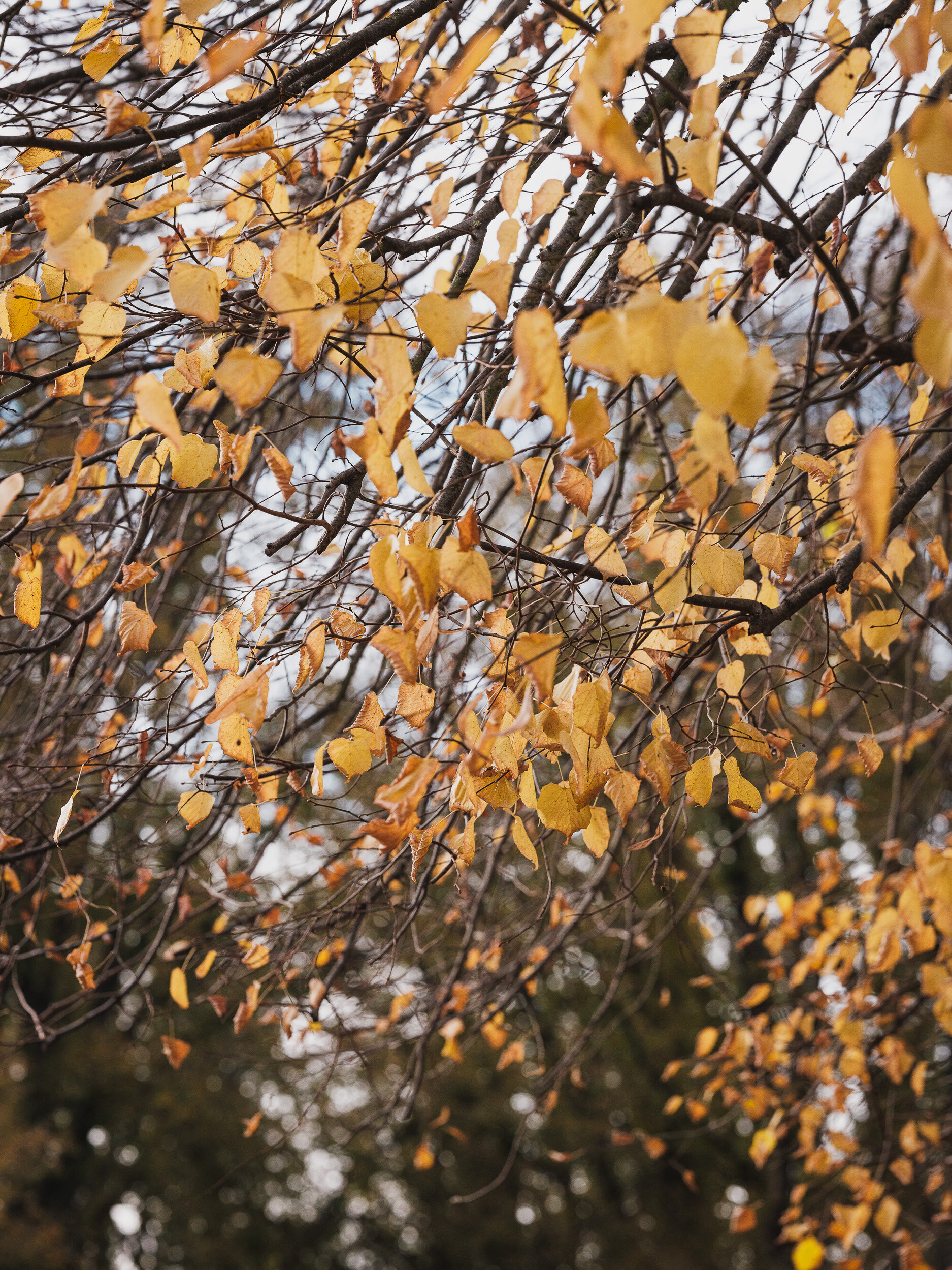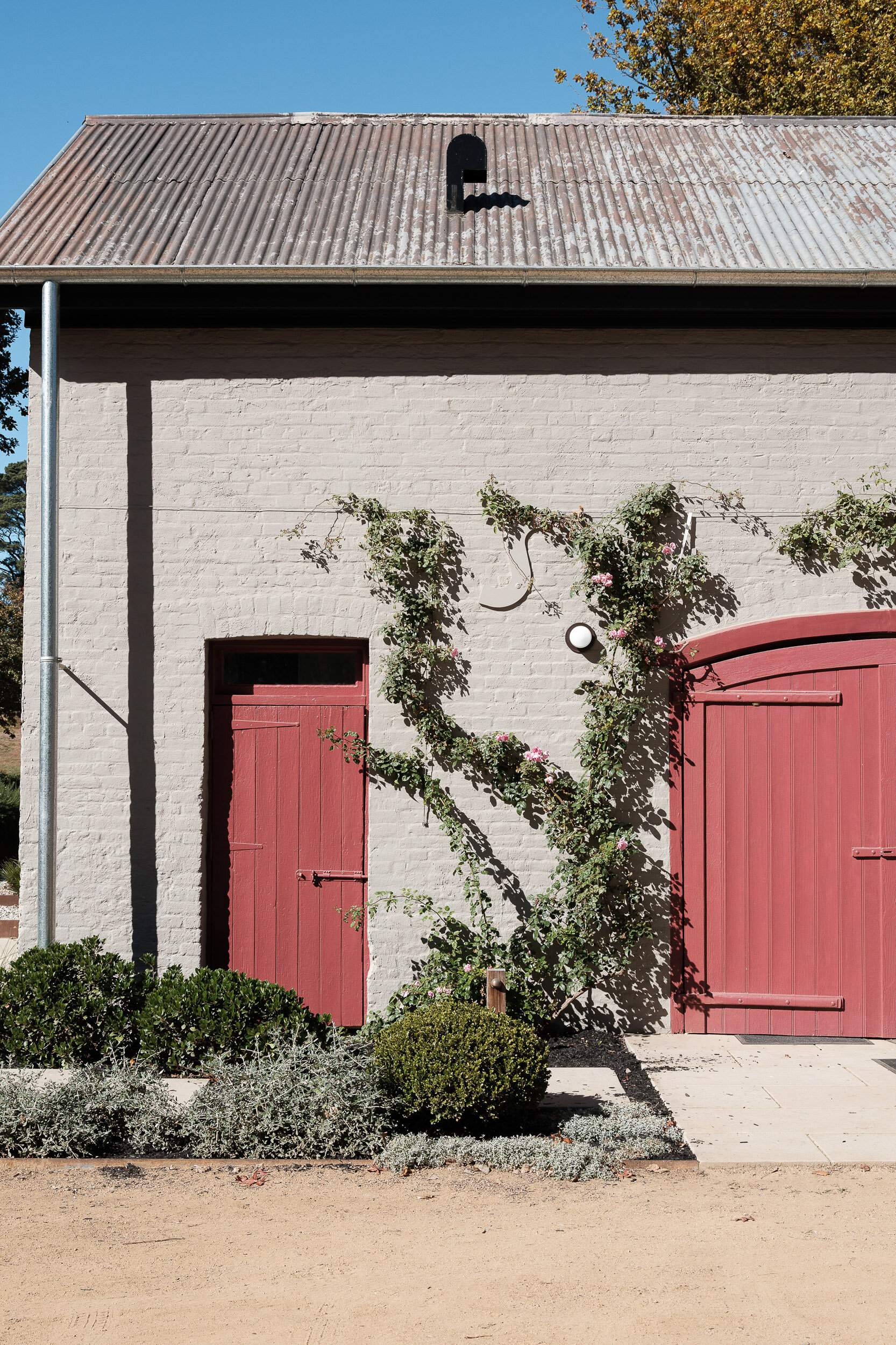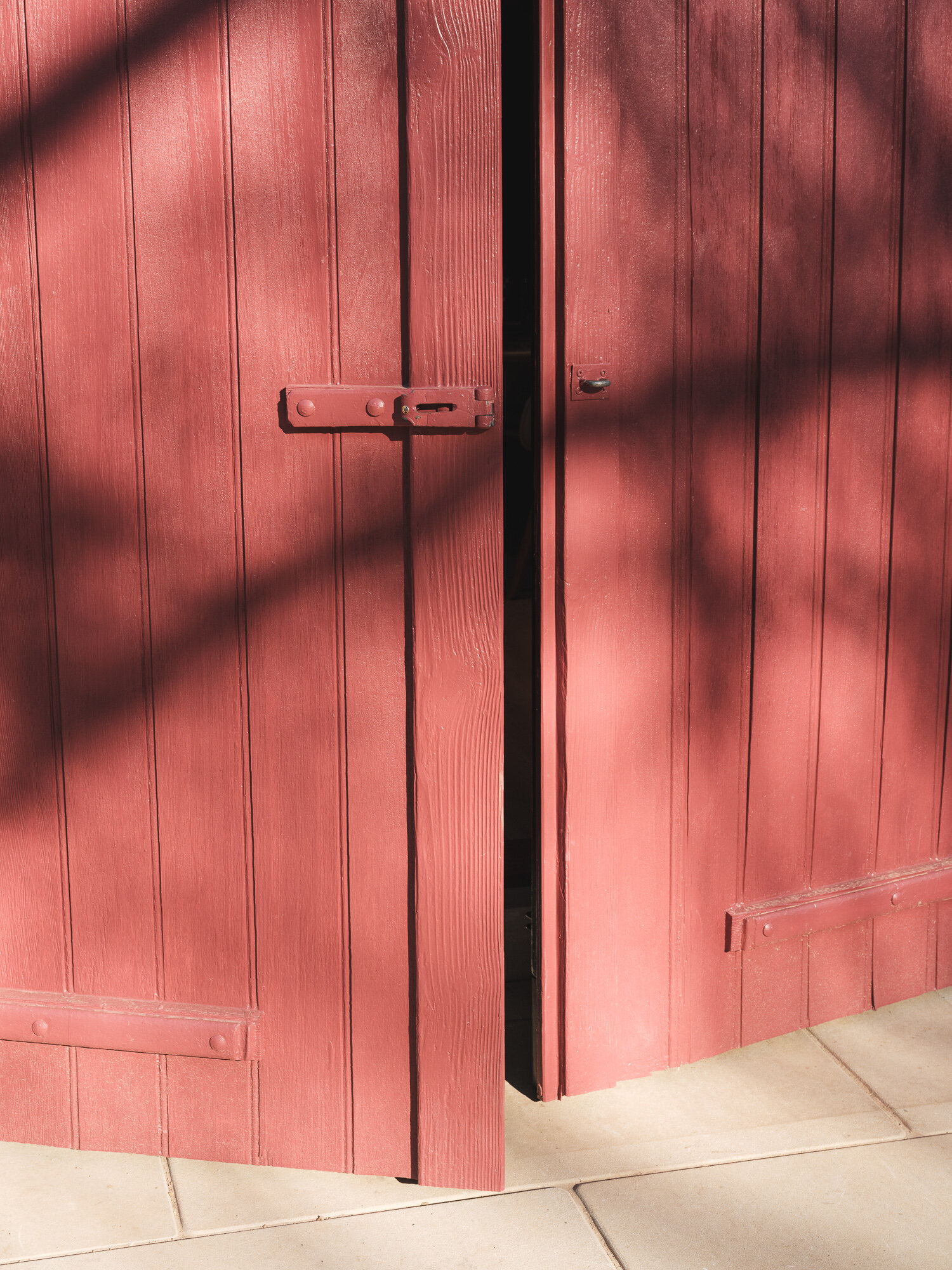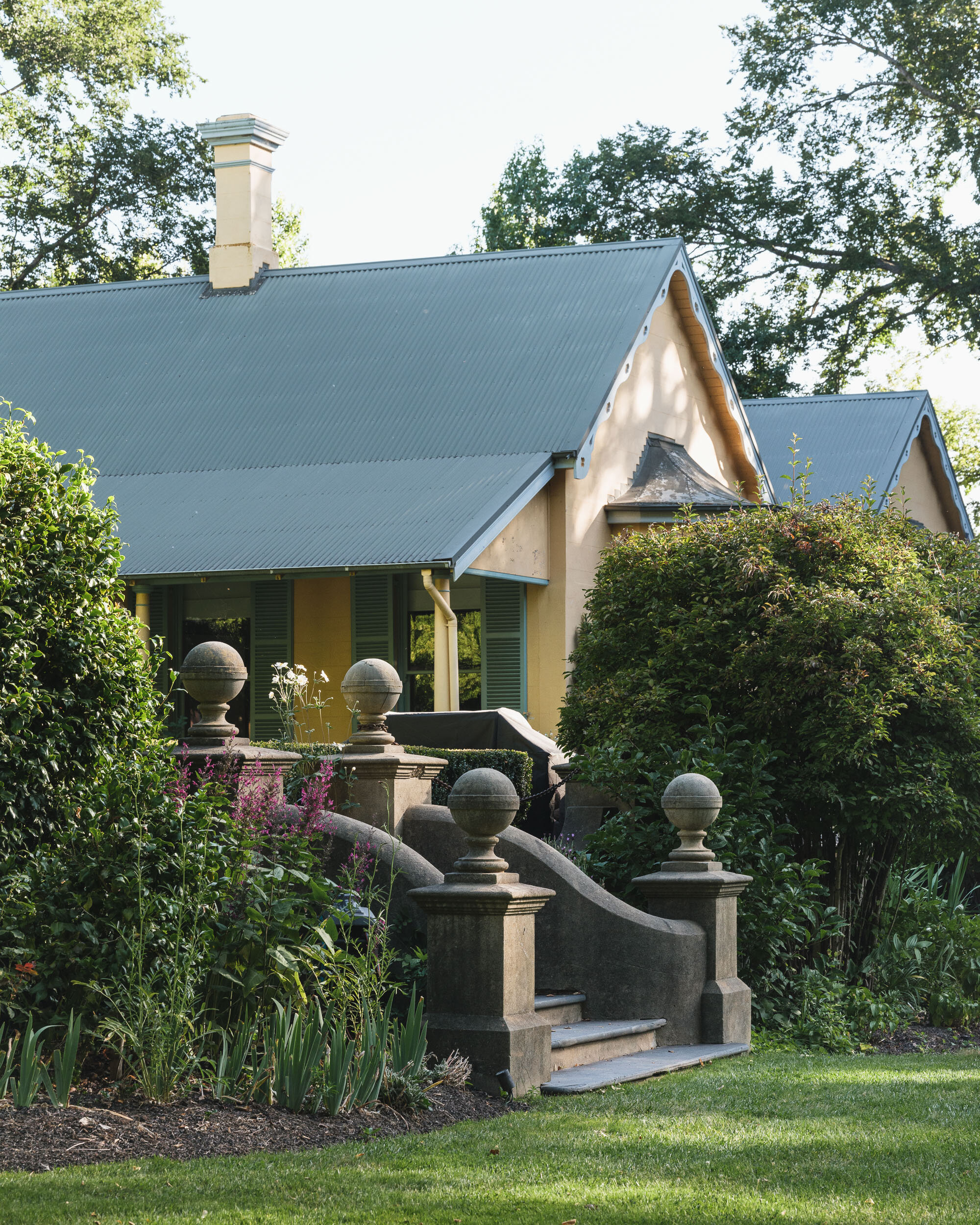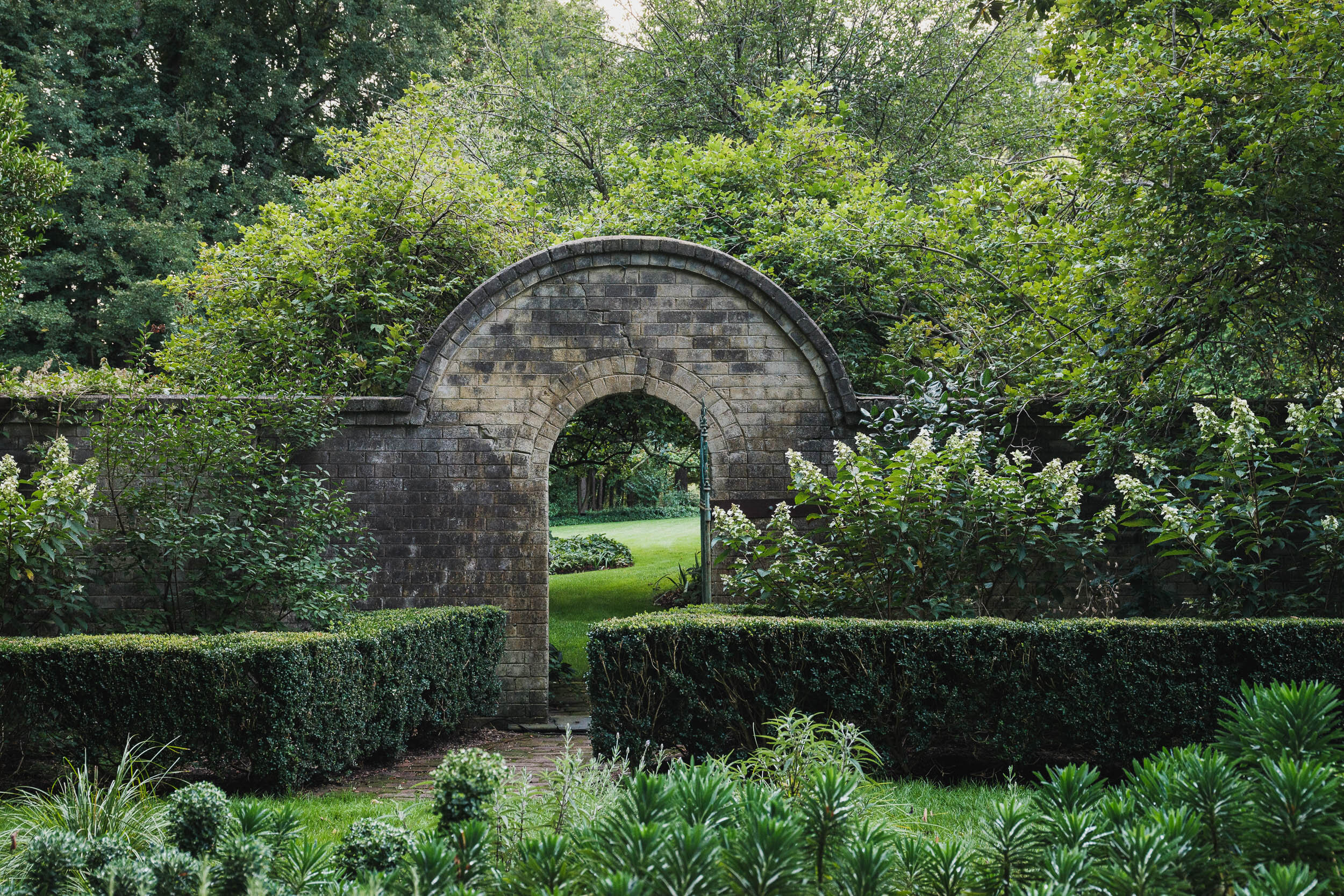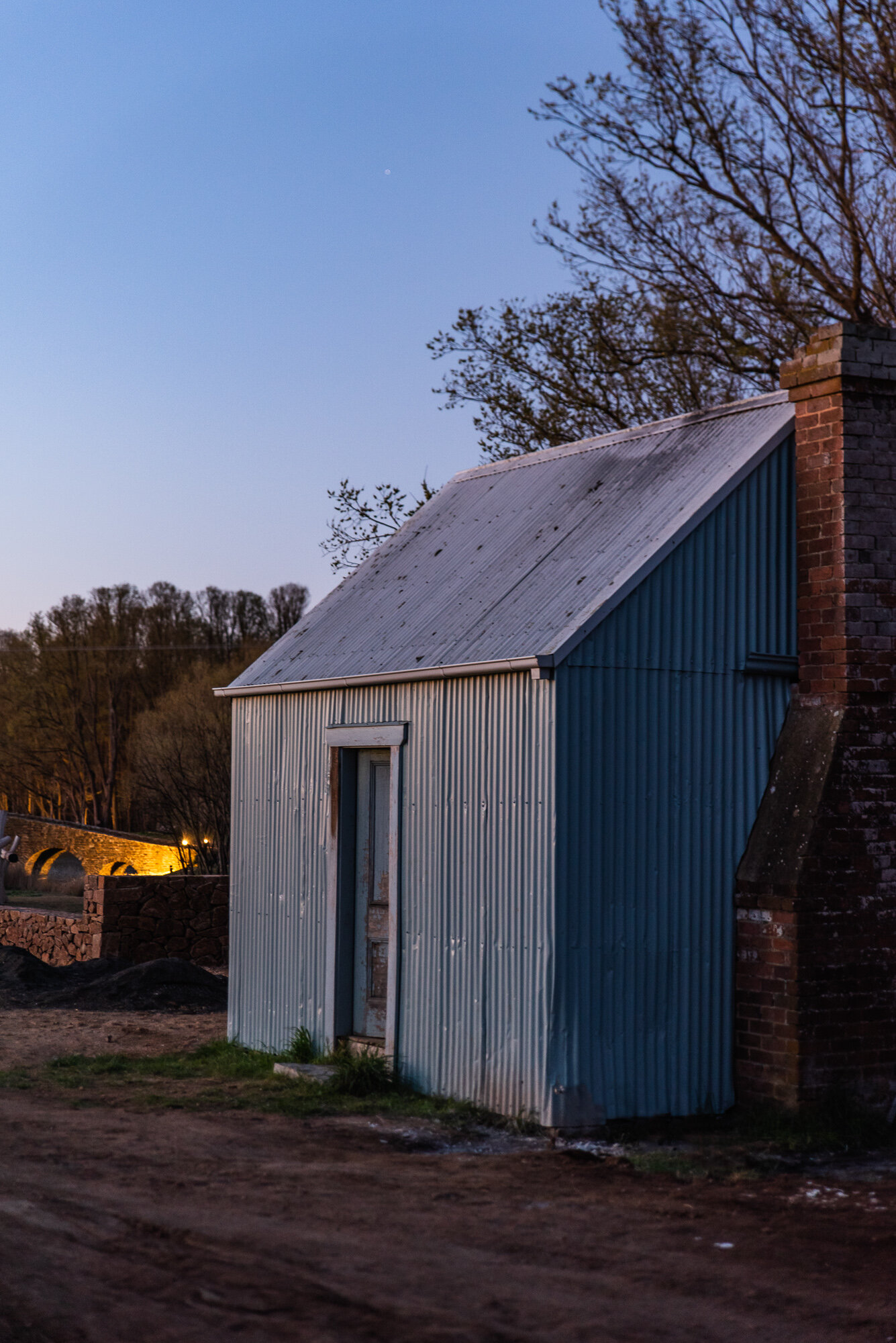The History of Mona Farm
Braidwood and its surrounding land belongs to the Traditional Owners, The Yuin Nation on Walbanga Country. Before European settlement, The Yuin People of the South Eastern Highlands Bioregion relied on the plentiful supply of produce available across the tablelands. Fish and crayfish were taken from the rivers, possums and larger grazing animals were hunted throughout the year and depending on the season, wattle seeds, tubers of the yam and orchid tubers were also part of the indigenous diet.
In 1836, Thomas Braidwood Wilson, a Royal Navy surgeon settled in the district. In return for service Wilson was granted acreage, some of which he relinquished to create the township named Braidwood; Australia’s first heritage listed town.
Wilson joined the Royal Navy as a Surgeon in 1815 making nine voyages from England, ferrying convicts to Australia. In 1829 on board The Governor Ready he became shipwrecked in the Torres Strait. He survived, with several crew, by rowing 1000 miles to Timor. In 1831, he sailed to Hobart on board The John, taking with him the first European honey bees brought to Australia. Wilson is also credited with the introduction of several valuable plants to Australia, including Laurustinus Viburnum Tinus and Lilac Aubrieta Adams, both still present today.
In return for service to the Royal Navy, Wilson was granted acreage in Van Diemen's Land (Tasmania) in 1824, which he exchanged for 5,000 acres in the Southern Tablelands of NSW. He purchased additional land to establish the 12,000 acre family property "Braidwood Farm" and began to establish the gardens with Scotch Firs, Oaks and Elms. He also introduced Horned Highland cattle.
Wilson relinquished some of his land to create a township named Braidwood, in his honour (which in 2006 became Australia’s first heritage listed town). Wilson became a respected pastoralist and served as a magistrate, funding the building of the courthouse in Braidwood.
The Wilsons had a third child, Thomas, in 1837, who died at the age of five months. His wife died not long after following complications during birth. During the drought and depression of the early 1840s Wilson was declared bankrupt and in 1843 he also passed away. All three are buried in a vault at the top of a hill just north of the town.
Following Wilson’s death, Braidwood Farm was sold to John Coghill for 2,000 pounds. Coghill was captain of The Mangles, carrying Wilson on one of his nine voyages from England, and the two became friends. Coghill built the historic house, and now heritage listed Bedervale, at the end of Monkittee Street.
John Coghill died in 1853 and Braidwood Farm was inherited by his daughter Elizabeth and her husband Robert Maddrell, who renamed the property Mona Farm. Robert had been born on the Isle of Man and Mona is Gaelic for Isle of Man.
The Maddrells built a home for their flour miller on the Mona Creek junction. With the original homestead built by Thomas Braidwood Wilson having burnt down, this would become their family home in the 1860’s and today is the main homestead on the property.
In 1859 the Maddrells built the original set of horse stables, which has since been converted into accommodation. In 1893 they built the long gravel carriageway and in 1903 the Coach House, which today has also been converted into accommodation.
Robert Maddrell died in 1900 and took to his grave knowledge of the burial site of 3,000 gold sovereigns somewhere on the farm. The discovery of gold in the 1850’s had led to an era of bushrangers, and “safe storage” of valuable possessions was not unusual. Sadly, Robert died before communicating the all important location to his son, Henry Francis Maddrell, who inherited the property.
Henry Francis embarked on a “grand design” converting the homestead into a 30 room mansion to accommodate his six children and servants. In 1901, to the disappointment of the local community, he destroyed an unfinished flour mill built by Thomas Braidwood Wilson so the bricks could be used on the homestead’s extension. Henry Francis also built the Shearing Shed, the Chapel, the Shearers Quarters, the School House and the Gardener’s Cottage.
Henry Francis died in 1919 and left Mona Farm to his son Garnet. Garnet chose to keep his home in Sydney and sold down acreage until the Great Depression of 1929 lead him to sell the property in 1934 to Arthur E Wilton.
The Great Depression prompted Arthur Wilton to reduce Mona Farm’s operating costs by halving the size of the homestead and eradicated much of the garden. The magnificent elm trees, Victorian walls and entrance steps all survived.
In 1947 Arthur Wilton sold Mona Farm to Janette and Jock Mackay. The Mackays added a new wing to the west of the existing house, built a tennis court and a walled garden and generally resurrected much of the garden.
In 1995 the Mackays sold the property to Kerry and Greg Schneider who commenced extensive works as part of converting Mona Farm into a function centre with accommodation. These works included the New Stables, Mona Lake and the Palladian Bridge.
In 2013 the property was purchased by Rose Deo whose love of horses saw the building of an Olympic sized Equestrian Centre.
In 2018 Mona Farm was purchased by Belinda and Bill Pulver. Since this time, Mona Farm has undergone a sophisticated transformation with the installation throughout the estate of over 15 Australian and International sculptures, and one of the most significant contemporary art collections in Regional NSW. Stylish furnishings have brought a classic, contemporary edge to the historical farm house, accompanied by the thought provoking art.
Once upgrades are complete, the property will house six standalone buildings each with its own unique story to tell through art and design.
The Timeline
Mona Farm acknowledges the Traditional Owners of the land where we work and live, the Aboriginal People of the Dhurga language group from the Yuin Nation who have occupied and cared for these lands and waters for thousands of years. We recognise their continuing connection to the land and waters and thank them for protecting these precious ecosystems. We pay respect to the past and present Traditional Owners of this nation, extending that respect to all First Nations people and to the continuation of cultural, spiritual and educational practices of Aboriginal and Torres Strait Islander peoples. We recognise that First Nations sovereignty was never ceded and that this continent always was, and always will be, First Nations land.
1815
Thomas Braidwood Wilson joins the Royal Navy as a surgeon making nine voyages from England ferrying convicts to Australia.
1824
Wilson is granted acreage in Van Diemen’s Land (Tasmania), which he exchanges for 5,000 acres in the Southern Tablelands of NSW.
He purchases additional land to establish the 12,000 acre family property, ‘Braidwood Farm’, now known as Mona Farm.
Wilson establishes the gardens with Scotch Firs, Oaks & Elms and introduces Horned Highland Cattle.
Wilson relinquishes some of his land to create a township named Braidwood, in his honour.
Wilson became a respected pastoralist and served as a magistrate, advocating for the funding of the courthouse in Braidwood and for Ryrie Park, which back then was a marketplace.
1831
Wilson sails to Hobart to board The John, taking with him the first European honey bees brought to Australia.
1836
Wilson settles in the Braidwood district.
1843
Wilson passes away.
Braidwood Farm is sold to John Coghill, an extraordinary businessman, a friend and fellow voyager of Wilson.
Coghill builds the historic house and now heritage listed, Bedervale, at the end of Monkittee Street. John Verge was the architect.
1853
John Coghill passes away and Braidwood Farm is inherited by his daughter Elizabeth and husband Robert Maddrell.
The Maddrells rename the property Mona Farm (Gaelic for Isle of Man).
The Maddrells build a home for their flour miller on the Mona Creek junction, later to become their family home, and today, The Homestead on the property.
1858
The gold mining boom sees Chinese miners arrive in Braidwood and the greater region.
1859
The Maddrells build the original set of horse stables, now converted accommodation, called ‘The Old Stables’
1893
The Maddrells create the long gravel carriageway.
1900
Robert Maddrell passes away and took to the grave knowledge of the burial site of 3000 gold sovereigns somewhere on the farm.
Robert Madrell’s son, Henry Francis Maddrell inherits Mona Farm.
Henry Francis embarks on a ‘grand design’ converting The Homestead into a multiple room mansion to accommodate his six children and servants.
1901
Henry Francis destroys the unfinished flour mill built by Thomas Braidwood Wilson so the bricks can be used on The Homestead’s extension.
Henry Francis also builds the Wool Shed, the ‘Overseers Room’, the Shearers Quarters, the School House and the Gardener’s cottage.
1903
Henry Francis builds the Coach House, now converted accommodation. Polo Horses and Carriage Horses were kept here.
1919
Henry Francis passes away, leaving Mona Farm to his son Garnet, who keeps Sydney home and sells down acreage.
1934
The Great Depression leads Garnet to sell the property to Arthur E Wilton.
The Great depression prompts Wilton to reduce Mona Farm’s operating costs by halving the size of the Homestead and eradicating much of the garden. The magnificent elm trees, Victorian walls and entrance steps all survive.
1946
Wilton sells Mona Farm to Janette and Jock Mackay who add a new wing to the west of the existing house, build a tennis court and established the gardens we see today.
1995
The Mackays sell the property to Kerry & Greg Schneider.
The Schneiders commence extensive works to convert Mona Farm into a function centre with accommodation. They build an Olympic sized Equestrian Centre. This includes the building of the New Stables, Mona Lake and the Palladian Bridge.
2006
Braidwood becomes New South Wales’ first heritage listed town.
2013
Rose Deo, who grew up in Goulburn, purchases the property.
2018
Mona Farm is purchased by Belinda and Bill Pulver who start plans to restore the estate and continue developing the working farm.


